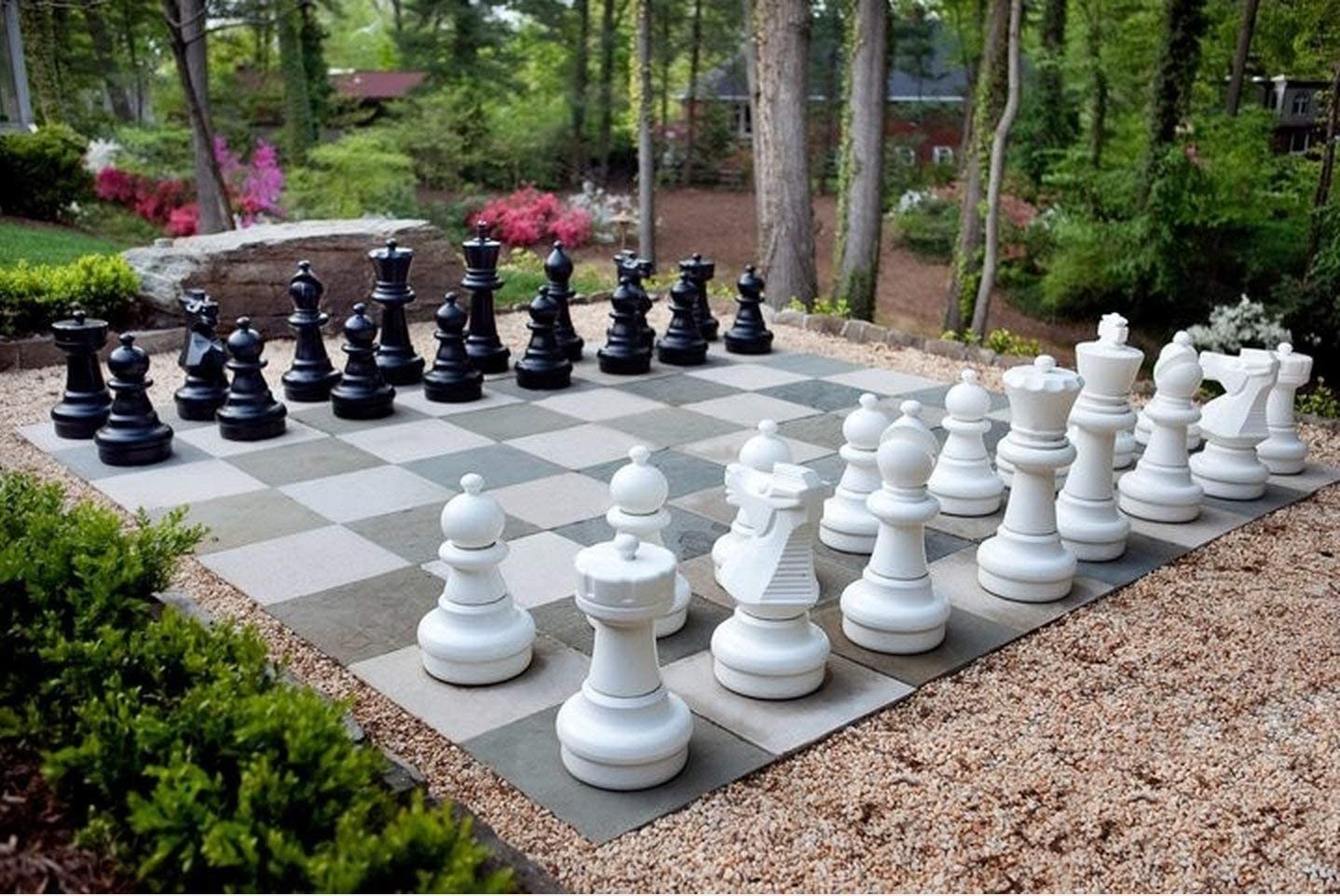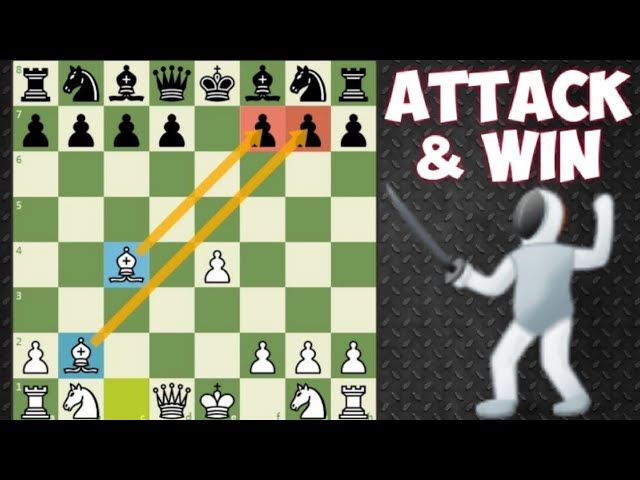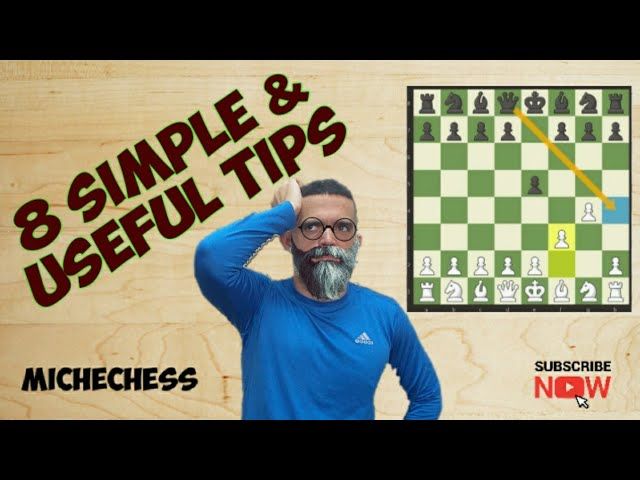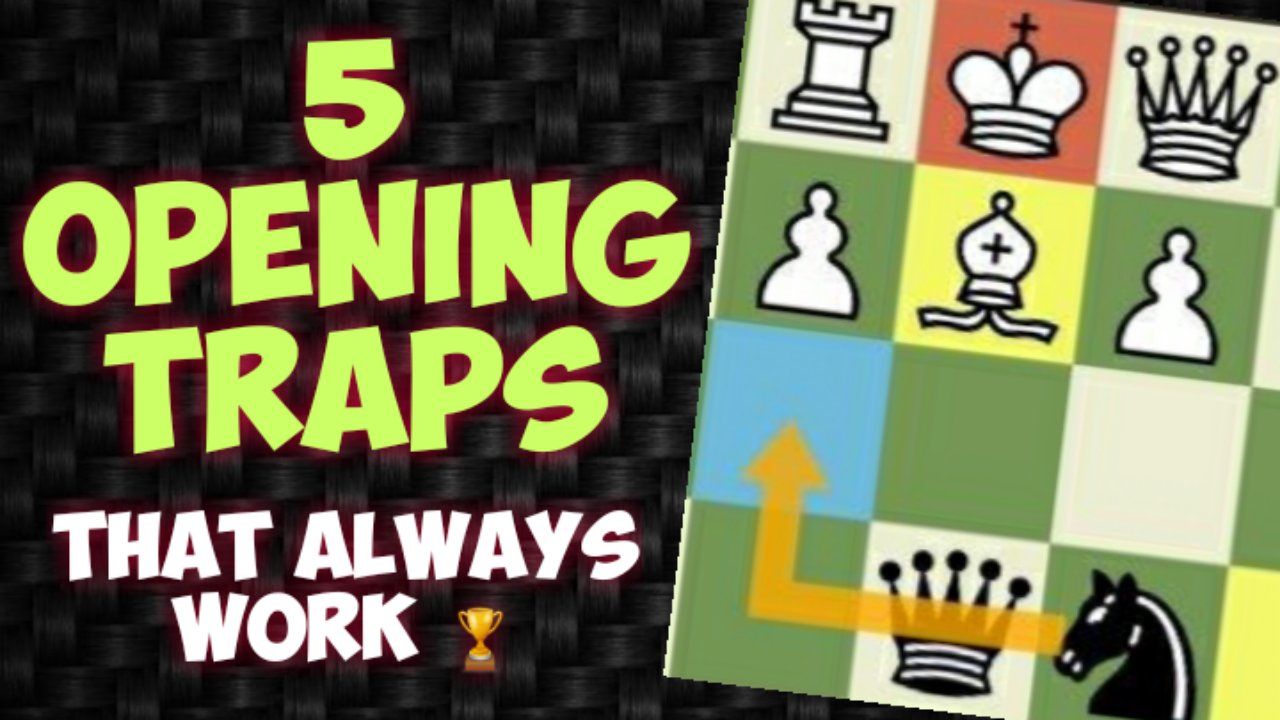
Rook Endgames in Chess: Practical Guide
Rook Endgames: OK, I know they are important. But it's so annoying, I mean, how do you get better at them? It takes so long to master them, and probably I don't even get into endgames so often. ![]()
But, wait, they are Rook Endgames, I mean, they happen all the time...
What if there was a Practical Guide to learn the most important tips and lessons, and the positions and methods that you really need to know? All this, in one simple Post.
Sounds amazing, and guess what... !?
Here it is. Let's see it!
1) Positions that you need to know by heart
Lucena and Philidor... yeah, yeah, I know... ![]()
These positions are just essential, and they represent 60% of the practical knowledge you need to play well in Rook Endgames.
They tell you how to win when you have an extra Pawn, and how to get a draw when you have a Pawn down...
(Wait, that doesn't make any sense ![]() ... that's how important they are!)
... that's how important they are!)
- PHILIDOR DEFENSE
1 - Put the Rook on the 3rd Rank
2 - Keep your King on the same file as the enemy Passed Pawn
3 - Give Vertical Checks if he advances the Pawn
4 - Congrats, you got a Draw!
You can practice this on the Board here
*****************
- LUCENA
1- Separate the Enemy King
2- Put your Rook on the 4th Rank
3- Clear the Promotion Square and make a Bridge with your Rook to cover the Checks
4- Promote and say Thanks to Lucena for his Bridge!
You can practice this on the Board here.
Do you need a lesson about Lucena and Philidor?
No worries, I covered that already:
***
2) Tips and Lessons
• The 7th Rank: If you can place your Rook on the 7th Rank of your opponent, you will have a great advantage, as you will be able to attack his pawns, create mate threats, and restrict the movement of his King and Rook.
• Play with passed pawns: If you have a passed Pawn, you should try to advance it and support it with your King and Rook, creating a serious promotion threat. Not only in Rook Endgames but in any endgame, "Work where you have the Advantage!"
• Appreciate Rook activity: If your Rook is more active than your opponent's, you should use it to create problems and win material or time. If your Rook is less active than your opponent's, you should try to exchange it or activate it, avoiding being in a passive or inferior position. Sometimes, the advantage of a Rook being more active is similar to having one or more extra pawns.
Do you want more Practical Tips and Concepts?
No worries, I covered that already:
***
3) How to Study Rook Endgames: Puzzles and Exercises
After learning the Theory and the Principles, you can test your knowledge and skills with puzzles and exercises. These are the best ways to improve your calculation, intuition, and technique in Rook endgames. You can use Custom Puzzles on Chess.com and then select Rook Endgames.
4) How to Study Rook Endgames: The Analysis
After you have solved puzzles and exercises, you can analyze Rook endgames from your own games or from master games. This is the best way to learn from your mistakes and successes and to deepen your understanding of rook endgames. You should try to find the best moves and evaluate the positions. You can use an engine or a coach to check your analysis and get feedback.
This is a valuable example that you can analyze:
• Game 1: Capablanca vs Tartakower, New York 1924. This is a classic example of how to win a Rook Endgame with an extra Pawn.
This game shows how Capablanca used his extra Pawn, his active Rook, and his King to create a winning position.
You don't really get the game, or you don't know why it's instructive?
I covered that too:
***
5) The End
Rook Endgames are the most frequent and complex endgames in Chess, and studying them is essential for any Chess Player who wants to improve their skills and results. In this blog post, you learned how to study Rook Endgames in Chess in a systematic and practical way.
Rook Endgames require a lot of practice and patience, but they can also be very rewarding and fun. I hope you enjoyed this blog post and found it useful. If you have any questions or comments, please feel free to leave them below. And if you liked this post, please share it with your friends and fellow Chess Players. Thank you for reading and happy studying! ![]()





